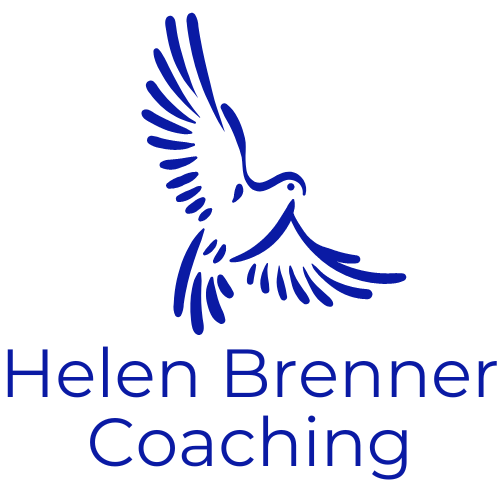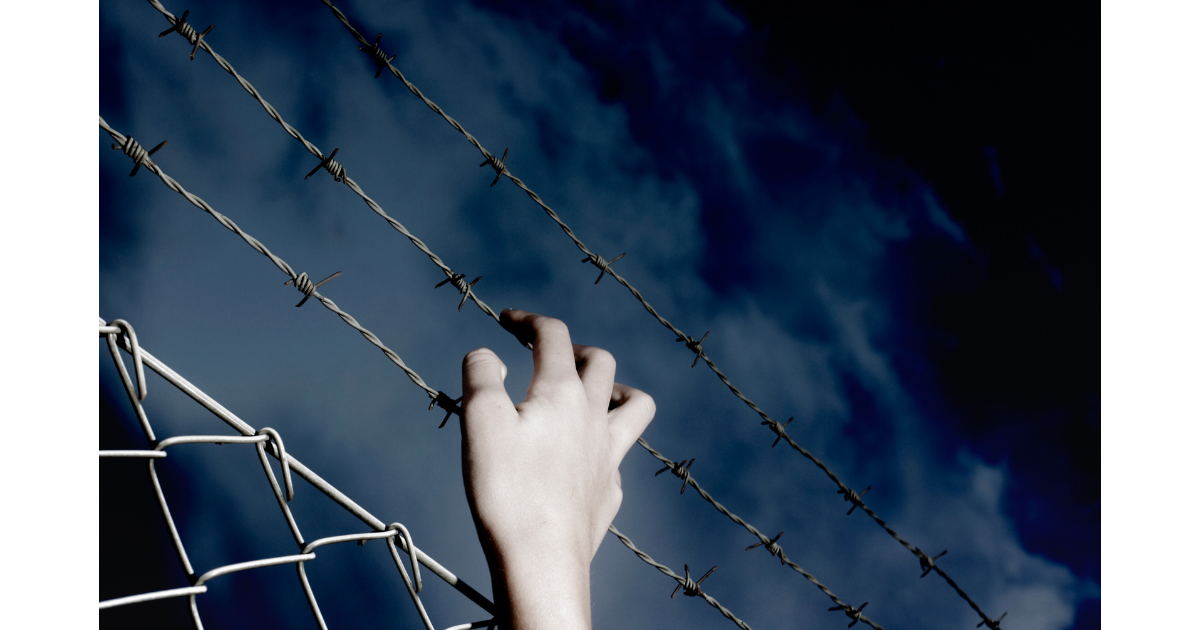Between Holding On and Letting Go
Why the brain confuses healing with danger
Healing can feel like reaching for freedom only to find the edges lined with barbed wire. You can see the open sky, feel the pull to move forward—but part of you still remembers the sting of what once protected you. The unconscious mind doesn’t call it punishment; it calls it safety. Yet in that pause between holding on and letting go, you’re already rewriting the code for peace.
Your brain remembers who you had to be to stay safe, to be accepted, to belong. It learned which fences kept you out of danger, even if those fences now keep you small.
When you begin to heal, the brain can’t tell if you’re walking toward freedom or threat—it registers both as uncertainty.
And the brain avoids uncertainty!
Why Healing Feels Dangerous
The brain’s first job is survival, not happiness. (Other than the pleasure/reward center of our brain getting its hit, the brain doesn’t particularly care if we’re happy or not.)
The amygdala—the part of your brain that scans for danger—doesn’t distinguish between actual threat and emotional threat.
Change, even positive change, lights up the same neural circuitry as fear.
That’s why your heart can race when you set boundaries, or why peace can feel boring or uncomfortable after chaos.
Your limbic system (emotion center) is checking: “Is this familiar?”
If it’s not, your nervous system may respond as if you’re doing something risky—even when you’re doing something healthy.
So when the mind says “this feels wrong”, it’s not a moral statement; it’s a memory.
💡 You might also enjoy my post “The Battle Between Knowing and Feeling” — it explores why your body can stay in defense mode even when your mind knows you’re safe.
The Loyalty Loop
The unconscious mind is loyal—to patterns, people, and pain that once kept you safe.
If being hypervigilant kept you accepted, or silence protected you from criticism, those responses became stored instructions.
Your brain learned that certain behaviors equaled belonging. Neural pathways that fire together, wire together;
Healing threatens that structure because the brain doesn’t understand “I can be safe without doing what I used to do.”
To the primitive brain, that sounds like betrayal.
This is why guilt, grief, and hesitation surface: The brain is trying to protect those old wired connections, even when they’re outdated.
💡 As I share in NLP Presuppositions, every behavior has a positive intention—even resistance. What looks like self-sabotage is often your unconscious trying to help in the only way it knows how.
The Sensory Language of Safety (VAK Awareness)
Even when you understand the why of resistance, your body and mind will still speak it. The unconscious communicates through sensory patterns long before logic catches up. What you internally see, hear, and feel are the ways your brain shows you how it learned to stay safe—its language of protection.
From a sensory perspective, this conflict shows up through the body and mind:
You might see the same mental pictures that once meant danger, even when you’re safe.
You might hear the old inner voice whispering, “Don’t change,” because it’s trying to keep you connected.
You might feel the body tense or retreat as your unconscious tests whether safety can exist without the old barriers.
Your unconscious organizes experience through these sensory codes—not as words or logic, but as representations of meaning.
When you observe how something appears—whether it feels close or distant, loud or quiet, heavy or light—you’re learning how your brain has stored that experience.
These differences aren’t random; they’re the brain’s way of marking what once mattered most for your protection.
The goal isn’t to change the image, sound, or feeling right away. It’s to recognize that your sensory system is showing you how the brain encoded survival—and how it’s now ready to update safety.
💡 If this feels new, “Beyond the Body” dives deeper into how engaging your senses can help you move past survival-level healing into full integration.
The Gentle Rewire
Change doesn’t happen through force—it happens through familiarity. Your brain needs evidence of safety, not pressure to perform.
That’s why the most effective healing often looks slow and subtle: noticing, breathing, pausing, updating.
Every time you acknowledge resistance with compassion, you reinforce the message:
“You’re safe even when you change.”
The barbed wire loosens. The nervous system lets go. And what once felt like a threat becomes peace.
If You’re Standing in That Space Now
You’re not doing it wrong—you’re doing it right. The hesitation you feel is your brain learning to separate freedom from fear.
If you’d like support guiding your unconscious mind through that process—where healing feels safe, steady, and deeply integrated—reach out!

